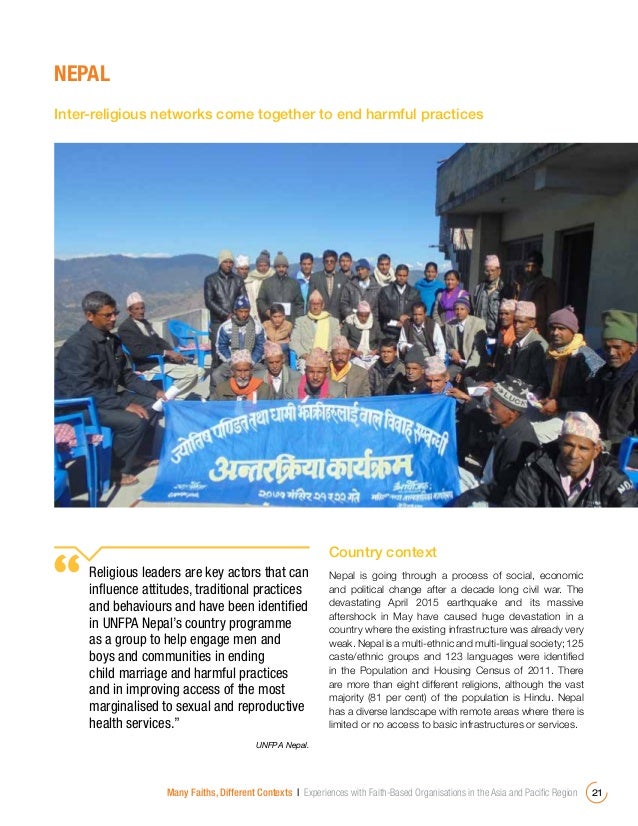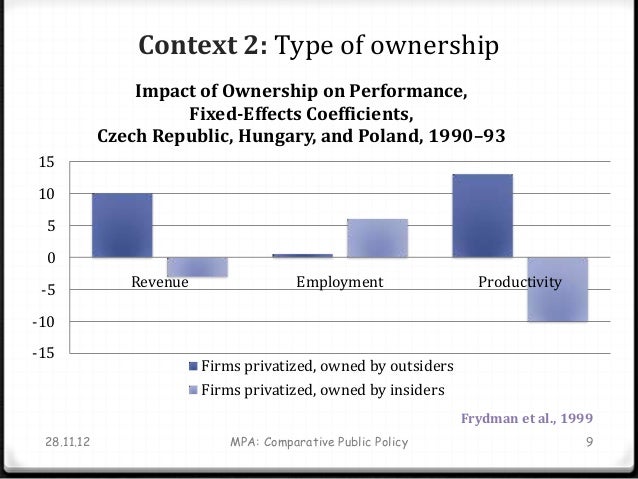

Parameters used in analyzing pedestrian perception in the different contexts are chosen to reflect contextual realities such as access to pedestrians, census data and so on. The definitions of walkability may differ not just as a result of slightly differing lexicon but as a result of differing context, social diversity and interaction diversity of building types, high density may refer to pedestrian based services within walking distances. A neighbourhoods ability to generate community-relevant attitudes and behaviours may be linked to walkability as well. The walkable neighbourhood could be both a physical and a social construct.

Notwithstanding, these studies showcase a variety of tools and methods that could be applied to test human responses to the built environment. Even though the general aims of walkability studies are the same, the approaches and methods differ sometimes dramatically based on the constraints that occur as a result of varying contexts. “' Walkability and the walkable city” appeared in modern literature as an offshoot of the movement towards healthy wellbeing, a sustainable and eco-friendly environment. Introduction Cars and Transport systems play a massive role in the design of cities and neighbourhoods, over the years the pedestrian needs have not been catered for. University of North Carolina Chapel Hill, NC, USA: 1997. Measuring Oral Health and Quality of Life. Development of the Geriatric Oral Health Assessment Index. Foundations of oral health-related quality of life. Factor analyses of the Oral Health Impact Profile-Overview and studied population. John M.T., Reissmann D.R., Feuerstahler L., Waller N., Baba K., Larsson P., Celebic A., Szabo G., Rener-Sitar K. What do measures of ‘oral health-related quality of life’ measure? Community Dent.

Oral health psychometrics validation study. OHIP-14 works properly in DP samples and was limited in NDP samples, being also influenced by cultural context and age. The validity of data related to the impact of oral health problems on an individual's life was confirmed through a unifactorial model. DIF indicated that the characteristic of the sample (NDP and DP) in both countries interfered in the response given to the items, with the response level being more adequate for the latent PD trait. Configural invariance was refuted between samples. For DP, the model with the best fit was unifactorial, which deals with the estimation of the general impact of oral health on an individual's life, without addressing specific dimensions. For NDP from both countries, the response pattern severely violated the normality assumption in six items of the OHIP-14, indicating that the instrument does not fit for these samples. Differential item functioning (DIF) between samples was estimated. The fit of the OHIP-14 models to the data was estimated using a confirmatory strategy (validity based on the internal structure). Two studies were conducted, one in Brazil and the other in Finland, composed of five samples (Brazil-Sample 1 (S1): DP, n = 434, age: 25.3 years S2: NDP, n = 1486, age: 24.7 years S3: DP, n = 439, age: 29.0 years Finland-S4: DP, n = 482, age: 26.3 years S5: NDP, n = 2425, age: 26.7 years). The aims of this study were to evaluate the fit of different factorial models of the OHIP-14 to non-dental patients (NDP) and dental patients (DP) samples from Brazil and Finland and to estimate the differential functioning of the items in the OHIP-14 between the samples. Different theoretical models were proposed to evaluate the results. The Oral Health Impact Profile-14 (OHIP-14) has been used to assess the impact that oral health problems can have on an individual's life.


 0 kommentar(er)
0 kommentar(er)
